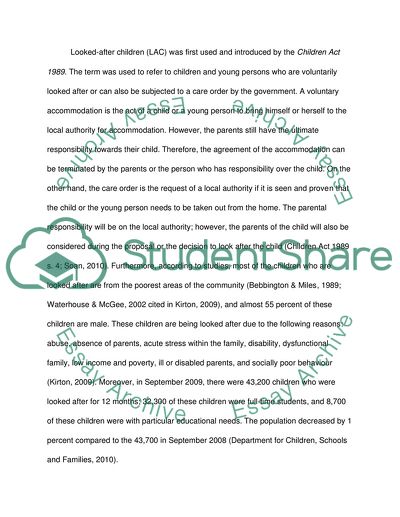Cite this document
(Children Placed Outside the Borough Authority Dissertation, n.d.)
Children Placed Outside the Borough Authority Dissertation. Retrieved from https://studentshare.org/social-science/1785796-looked-after-children-placed-outside-boroughlocal-authority-in-the-united-kingdom
Children Placed Outside the Borough Authority Dissertation. Retrieved from https://studentshare.org/social-science/1785796-looked-after-children-placed-outside-boroughlocal-authority-in-the-united-kingdom
(Children Placed Outside the Borough Authority Dissertation)
Children Placed Outside the Borough Authority Dissertation. https://studentshare.org/social-science/1785796-looked-after-children-placed-outside-boroughlocal-authority-in-the-united-kingdom.
Children Placed Outside the Borough Authority Dissertation. https://studentshare.org/social-science/1785796-looked-after-children-placed-outside-boroughlocal-authority-in-the-united-kingdom.
“Children Placed Outside the Borough Authority Dissertation”, n.d. https://studentshare.org/social-science/1785796-looked-after-children-placed-outside-boroughlocal-authority-in-the-united-kingdom.


